Nearly a quarter of Australian children are currently overweight or obese, which is a huge health problem for the nation.
We’re getting better at reducing sugar intake and encouraging healthier snacks, but there’s a lot of work to do.
So how can we encourage hungry youngsters to be more mindful of what they’re eating and not overeat?
Here are some tips to create mindful munchers:
Limit snacks
Does your home have an “open fridge” free-for-all? Or do you follow scheduled mealtimes and limit snacking?
The way your children access food can make a big difference to their long-term diet and relationship with food. In France, for example, families tend to stick to mealtimes though they eat liberally, with several courses. In the US it’s more grazing-style, with kids getting back from school and hitting up the pantry for goodies.
If you do want to put snacks out, make it a fruit bowl, not crisps and biscuits.
Delayed gratification
Studies show that impulse control is one of the most important skills for children to learn.
Kids who can delay gratification tend to do better academically, regulate their emotions and behaviour better, and engage in less risky and addictive behaviours.
It’s also critical for preventing obesity. Teach them to wait for treats, and how to save up for bigger rewards. You can also use games such as “Simon Says” to teach impulse control in a fun way.
Junior chefs
Getting children involved in cooking has many benefits. It can help fussy eaters lose their fear of food, and introduce children to new ingredients, as well as giving them cooking skills for life.
It’s important for mindful eating because kids can see what goes into food, and also get a sense of the time and labour required to make something delicious. You can also teach healthy treat making: fruit salad, frozen banana ice cream, fruit juice ice blocks.
Non-food rewards
Try to break (or prevent) the link between food+reward that so many of us have developed by adulthood.
It’s the easiest thing in the world to promise chocolate if a child behaves, or give it an ice cream to keep it quiet. But it forges an association between food and reward, food and happiness, that can become problematic.
Mix it up with non-edible rewards, or include some healthier rewards in there, such as a fruit kebab or strawberries, which many children love as much as lollies.
Bring in the dentist
It’s never too early to teach kids about good teeth care. Even pre-schoolers are capable of learning what’s good and bad for teeth, and this will help influence their food choices.
Grow vegetables
Also a good way of teaching patience, growing fruit and vegetables in a garden or on a windowsill helps increase mindfulness. When a child finally gets to eat their home grown produce, after weeks or months of gardening, they will more greatly value that food.
Self-service
Let kids help themselves from communal side dishes, so they are able to take what they need, not “clean their plates” of an amount that may be too much.
Leisurely eating
Try to have family meals at the table, and enjoy your food slowly without wolfing it down.
Ask children what they like about particular foods, and use them to teach colours and shapes. Have them guess the ingredients in a dish.
Above all, ensure that children enjoy food and aren’t made guilty about enjoying it.
Food can be a very safe and healthy pleasure, so long as we are aware of how much we’re eating, and are making the best food choices.
What strategies does your family use at the dinner table?



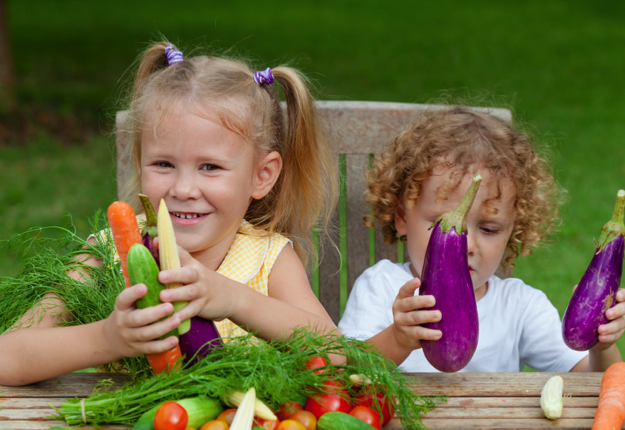



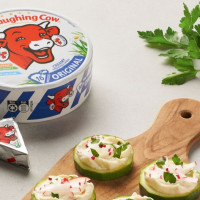




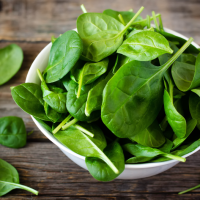

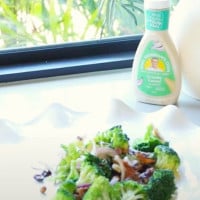

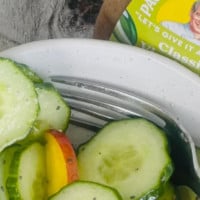


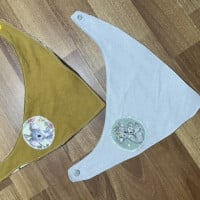
12:45 pm
12:27 pm
10:24 am
9:07 am
- «
- 1
- 2
- 3
Post a commentTo post a review/comment please join us or login so we can allocate your points.